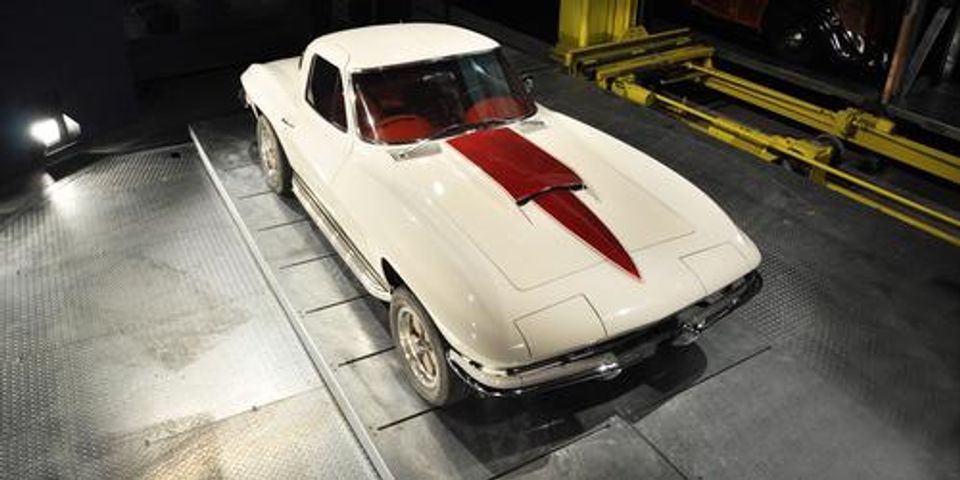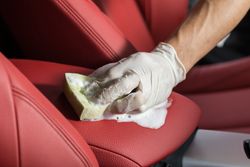3 Easy Ways to Winterize Your Antique Cars

After carefully restoring a few antique cars, the last thing you want to have to worry about is discovering rust in the spring. Fortunately, by taking a few steps before winter hits, you can protect those valuable assets. Here are three easy ways to winterize your antique cars.
Get Your Vehicle Detailed
 As you drive around town in your classic car, it accumulates potentially damaging substances such as dirt and road salt. If you store your vehicle while it’s dirty, this grime can lead to scratches and rust development, diminishing the quality of your investment. To ward off problems, have your antique car professionally detailed inside and out prior to winter storage.
As you drive around town in your classic car, it accumulates potentially damaging substances such as dirt and road salt. If you store your vehicle while it’s dirty, this grime can lead to scratches and rust development, diminishing the quality of your investment. To ward off problems, have your antique car professionally detailed inside and out prior to winter storage.
Add a Fuel Stabilizer
Gasoline is a hygroscopic substance, which means it attracts water, and it will start to break down inside of your car’s tank after about 3-6 months of disuse. When gas breaks down, it becomes a very stubborn varnish that can clog fuel lines, potentially destroying your entire engine. However, by adding a fuel stabilizer before storage, you can prevent these issues.
Add Air to the Tires
Cold weather causes air to become denser, which can reduce your tire’s pressure. If you aren’t careful, your tires can even go flat while your vehicle is in storage, leading to the possibility of bent rims. To prevent this issue, check your tire pressure before storing your vehicle, and check periodically while your vehicle is being stored.
To learn more about antique cars and to get to know fellow enthusiasts, check out the Charlotte AutoFair Produced by Hornets Nest Region, AACA. Held in Charlotte, NC, each spring and fall, this fun car show attracts over 150,000 people, helping car enthusiasts find the vehicles and products they have been looking for. To learn more about this event, check out their website or call (704) 841-1990.
About the Business
Have a question? Ask the experts!
Send your question

